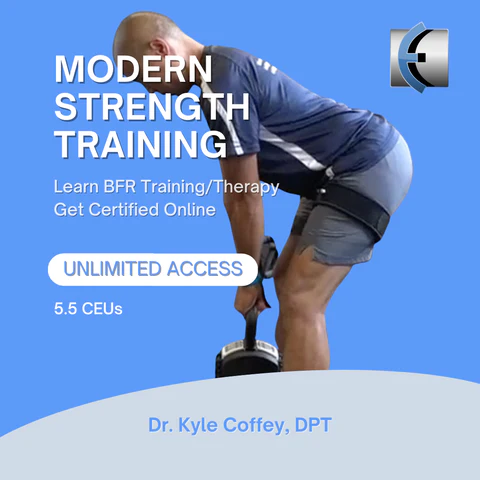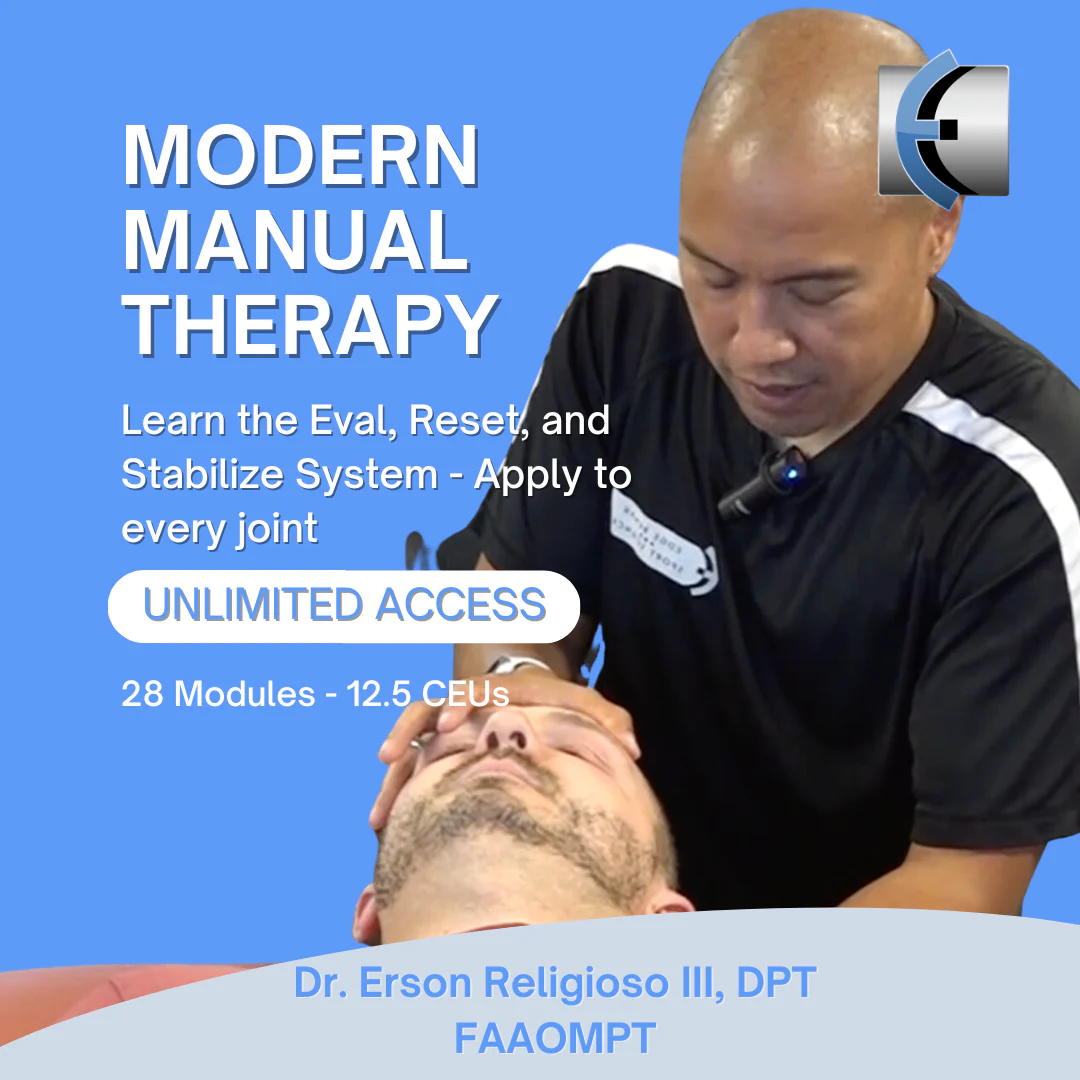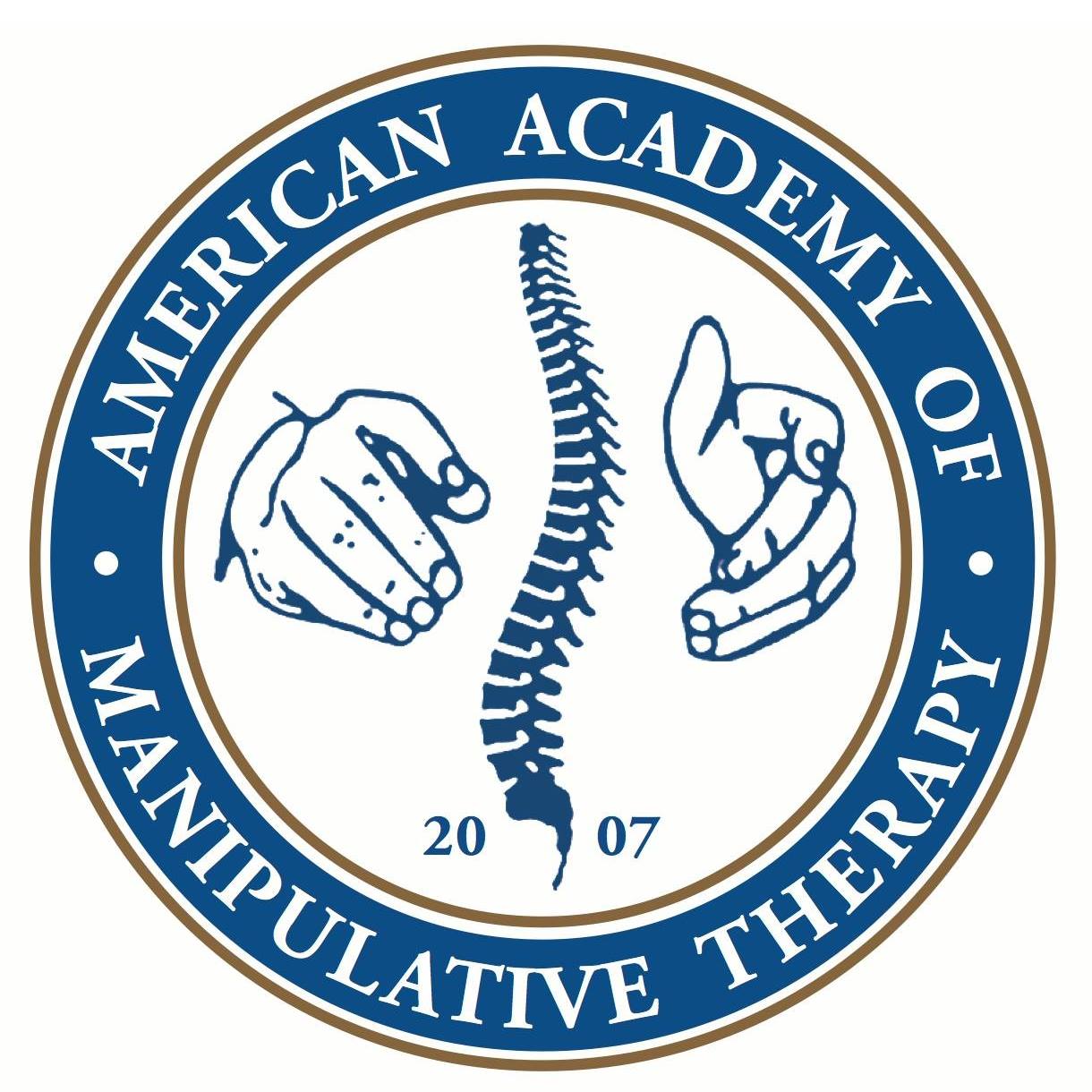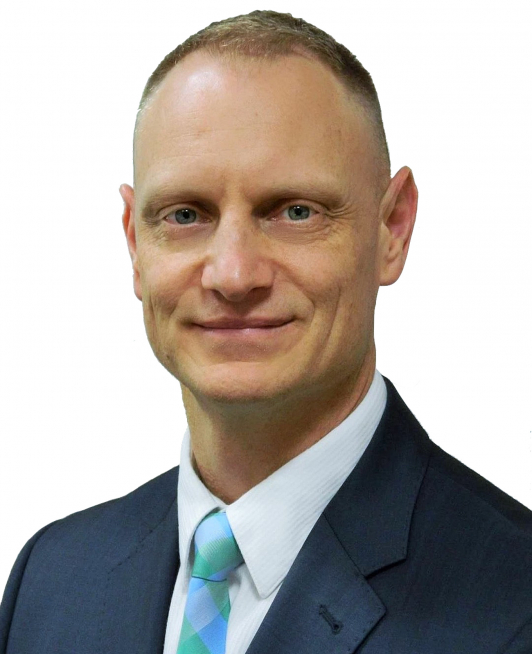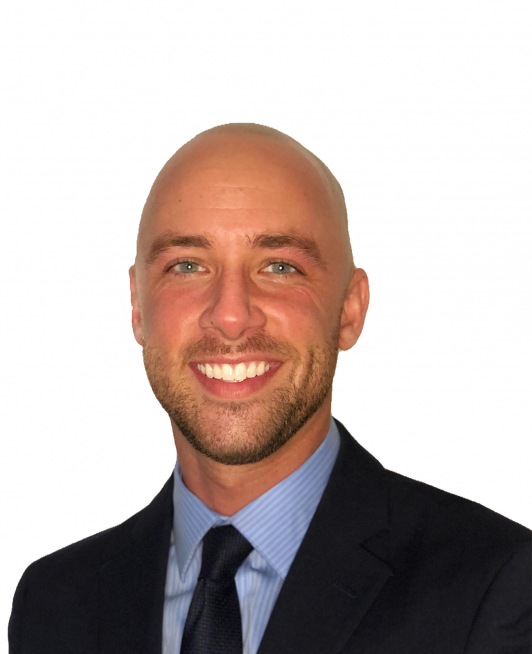Certification in Dry Needling® will be awarded upon successful completion of the DN-1 & DN-2 dry needling courses, giving 54 hours of hands-on dry needling education in total. Each 3-day dry needling course is $895. All dry needling courses are approved for CEUs for PTs, ATs, and DCs. AAMT faculty have published more clinical trials on the effectiveness of dry needling for musculoskeletal conditions than any other institute, university or continuing education company. AAMT has Certified more PTs, ATs and Chiropractors in dry needling than any other institute. AAMT is the worldwide leader in dry needling education, research and clinical practice!
No prerequisites are needed for this three-day 27-hour dry needling course; however, registrants must be a licensed PT, ATC, DC, MD, DO, NP, PA, OT, or acupuncturist in their respective state or country. DPT students in their 3rd year are also eligible to take DN-1 and DN-2. All AAMT dry needling courses run as follows: Friday 12 noon to 8 pm, Saturday 8 am to 6:30 pm, and Sunday 8 am to 3:30 pm. All dry needling courses are approved by the respective State PT Board/Association, BOC (Category A CEUs), APTA, TPTA, FPTA, FL CE Broker, New Jersey Board of Physical Therapy Examiners (80 hours), and FSBPT (ProCert).
Participants will learn superficial and deep dry needling techniques for the treatment of craniofacial, cervicothoracic and upper extremity musculoskeletal conditions. This course does include, but is not limited to, dry needling of taut bands of muscle (i.e. trigger points) as originally introduced by Travell & Simons. That is, peri-neural dry needling and needle puncture of tendons, ligaments, musculotendinous junctions, teno-osseous junctions, and bone (i.e. “periosteal pecking”) will also be taught as essential components of musculoskeletal needling practice. More specifically, peri-neural and peri-vascular dry needling will be instructed for the purpose of improving microcirculation and disrupting fibrosis in chronic neurogenic pain conditions (e.g. an impacted median nerve in carpal tunnel syndrome). Dry needling is certainly a lot more than sticking needles in trigger points!
Dry needling will be taught within the framework of western musculoskeletal diagnoses, not within the theoretical framework of traditional Chinese medicine (TCM), and not for the purpose of altering the flow of Qi or energy along traditional Chinese meridians. More specifically, the participant will learn evidence-based guidelines, recommended “point” locations, and dosages for the use of dry needling in the treatment of specific neuromusculoskeletal conditions (not just individual muscles!) including: whiplash-associated disorders, cervicogenic headaches, tension-type headaches, migraine headaches, rib syndromes, facet joint syndromes, cervical radiculopathy, mechanical neck pain, carpal tunnel syndrome, shoulder impingement syndrome, lateral epicondylalgia, and temporomandibular dysfunction. In addition, the most recent evidence underpinning the mechanical, hypoalgesic (central, segmental, peripheral), neurophysiologic, chemical, and hormonal effects of dry needling will be presented.
Brain imaging studies have demonstrated that dry needling of “key” distal points (not trigger points), that are not “onsite” with the patient’s symptoms, stimulates the descending pain inhibitory systems or cortical areas of the brain that are involved in pain control. Furthermore, much of the literature that “dry needling” draws from uses the term “acupuncture” in its title, and many of these studies have used both traditional acupuncture points and myofascial trigger points in their treatment regimes. Thus, a foundational knowledge of the nomenclature and the location of several key traditional acupuncture points will be discussed on this course to help the clinician understand and interpret the existing biomedical acupuncture and dry needling literature within the context of neuromusculoskeletal conditions. However, this course in dry needling does not constitute training, of any kind, in the practice of traditional Chinese acupuncture or Oriental Medicine. More specifically, this course does not teach participants to needle acupuncture points within traditional Chinese meridians.
For the management of headache, cervical, thoracic, and upper extremity pain syndromes, dry needling will be taught as one part of the treatment package, but not the only part. That is, the most recent literature clearly supports the inclusion of upper cervical and/or cervicothoracic HVLA thrust manipulation for the effective treatment of TMJ disorders, subacromial pain syndrome and cervicogenic headaches. More specifically, upper cervical manipulation has been found to reduce headache frequency, intensity, duration, and disability associated with cervicogenic headaches in the short and long-term. Additionally, upper cervical spinal manipulation and dry needling have been found effective at reducing pain and improving active mouth opening in patients with TMD. Nevertheless, within the emerging literature, the combination of spinal manipulation and dry needling is showing the most promise for “best practice” models in a variety of musculoskeletal conditions. This is the Osteopractic approach in essence—the combination of spinal manipulation (SMT-1, SMT-2, SMT-3 & SMT-4), extremity manipulation (EMT-1), and dry needling (DN-1 & DN-2) for the evidence-based treatment of neuromusculoskeletal conditions.
